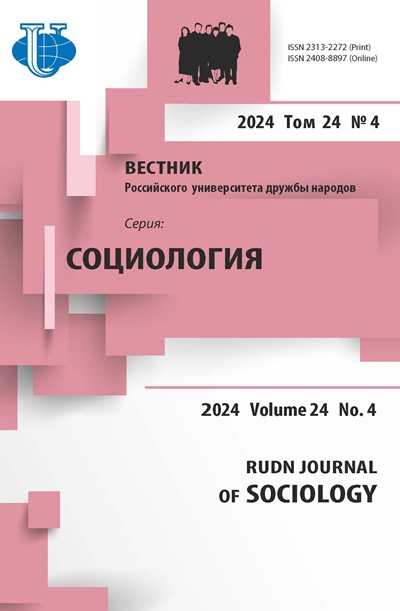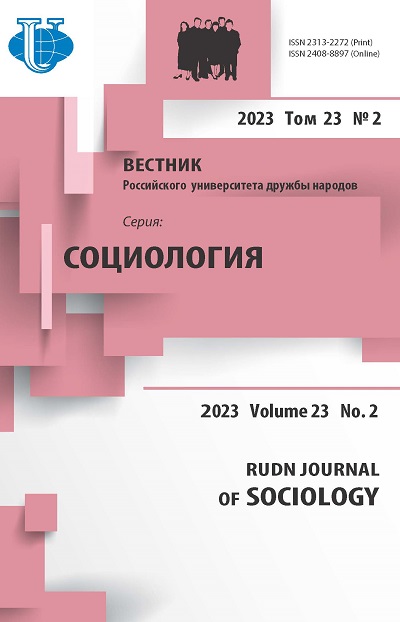Abstract
The article considers the concept of “a new historical community - the Soviet people” as a theoretical construction and a life practice. The authors analyze the terms “Soviet people”, “nation”, “nationality”, stressing that they have not received a universal definition; and distinguish ‘Western’ and ‘Eastern’ approaches to interpreting ‘nation’. In the Western tradition, the progressive approach prevails and defines nation as a phenomenon of the Modern and Postmodern eras; while the Eastern tradition adheres to a more polycentric approach, i.e., defines nation as an ethnic community based on the national culture, national character and national spirit. The authors emphasize the need to consider all the above-mentioned terms in a single system, i.e., the Soviet people were an international community with clear national differences. If the people are interpreted as a political project, we get ideologies; if the Soviet people are interpreted as a discursive formation, we get the idea of the civil or ethnic national identity as a cultural phenomenon based on the native language and moral values, which allows to talk about national culture or national soul as manifestations of ethnic solidarity. Examples from the history of the once powerful USSR show that the formation of the Soviet people as a nation was based on the single territory and common historical destiny. Thus, the authors consider as a life practice (on the example of the culture of the provincial city Akmolinsk in the Republic of Kazakhstan on the eve of the Great Patriotic War) the culture of the Soviet people united by the common historical destiny. The Soviet people as a historical community consisted of many ethnic communities, national cultures and confessions, which allows to define nation as a systemic phenomenon rather than as a political structure. Moreover, the Soviet people were united by common goals of a political and cultural nature, which, as the history of the Soviet Union showed, had both solidarity and conflict potential.














